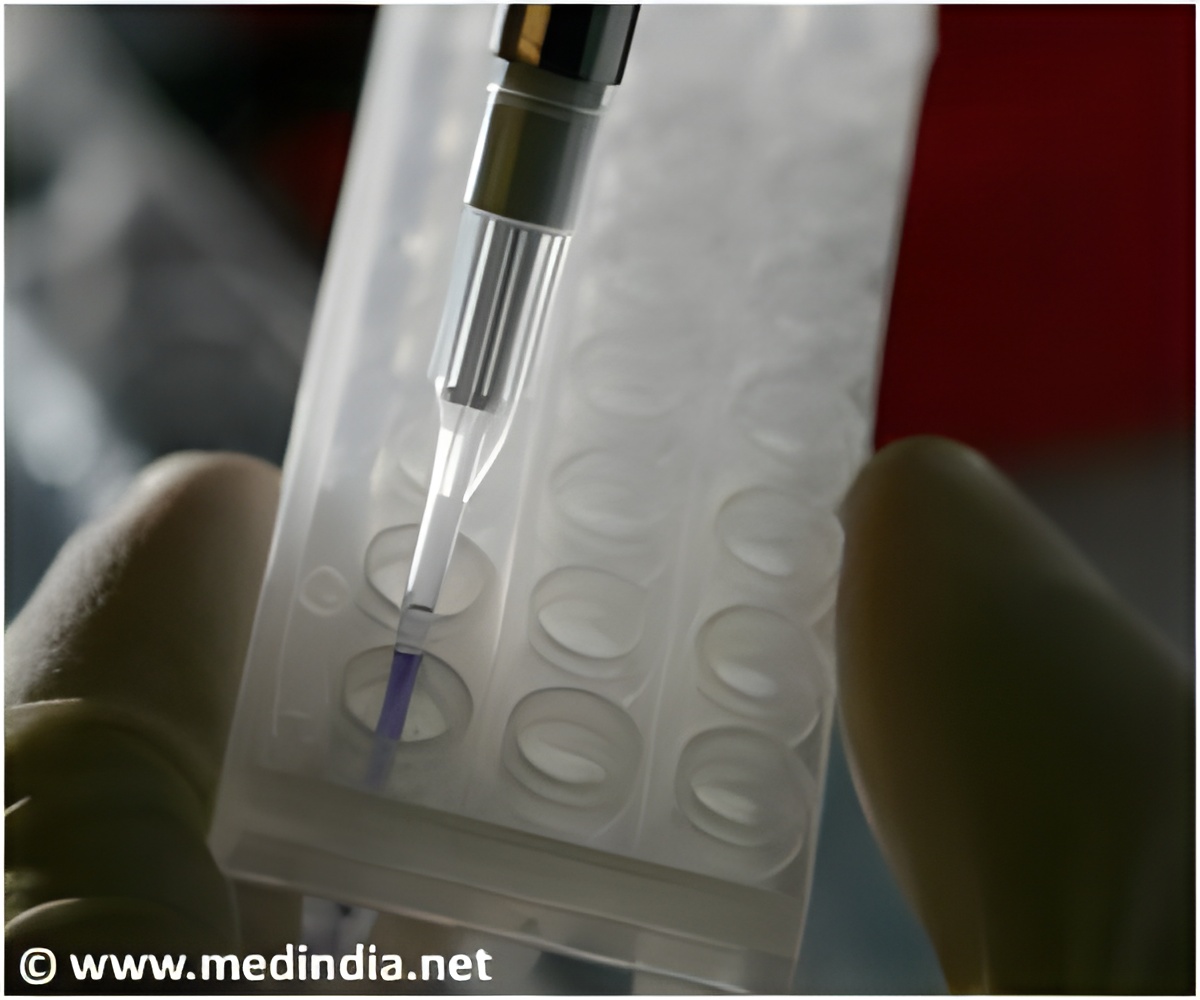The premise of growing therapeutic brain cells in the laboratory has moved a step closer to reality.

"This work is an example of how integrating basic science and clinical care may reveal privileged opportunities for biomedical research," said Matthew O. Hebb, M.D., Ph.D., FRCSC, a researcher involved in the work from the Departments of Clinical Neurological Sciences (Neurosurgery), Oncology and Otolaryngology at the University of Western Ontario in Ontario, Canada. "It is our hope that the results of this study provide a footing for further advancement of personalized, cell-based treatments for currently incurable and devastating neurological disorders."
Scientists enrolled patients with Parkinson's disease who were scheduled to have deep brain stimulation (DBS) surgery, a commonly used procedure that involves placing electrodes into the brain. Before the electrodes were implanted, small biopsies were removed near the surface of the brain and multiplied in culture to generate millions of patient-specific cells that were then subjected to genetic analysis. These cells were complex in their make-up, but exhibited regeneration and characteristics of a fundamental class of brain cells, called glia. They expressed a broad array of natural and potent protective agents, called neurotrophic factors.
"From an extremely small amount of brain tissue, we will one day be able to do very big things," said Gerald Weissmann, M.D., Editor-in-Chief of The FASEB Journal. "For centuries, treating the brain effectively and safely has been elusive. This advance opens the doors to not only new therapies for a myriad of brain diseases, but new ways of delivering therapies as well."
Source-Eurekalert












